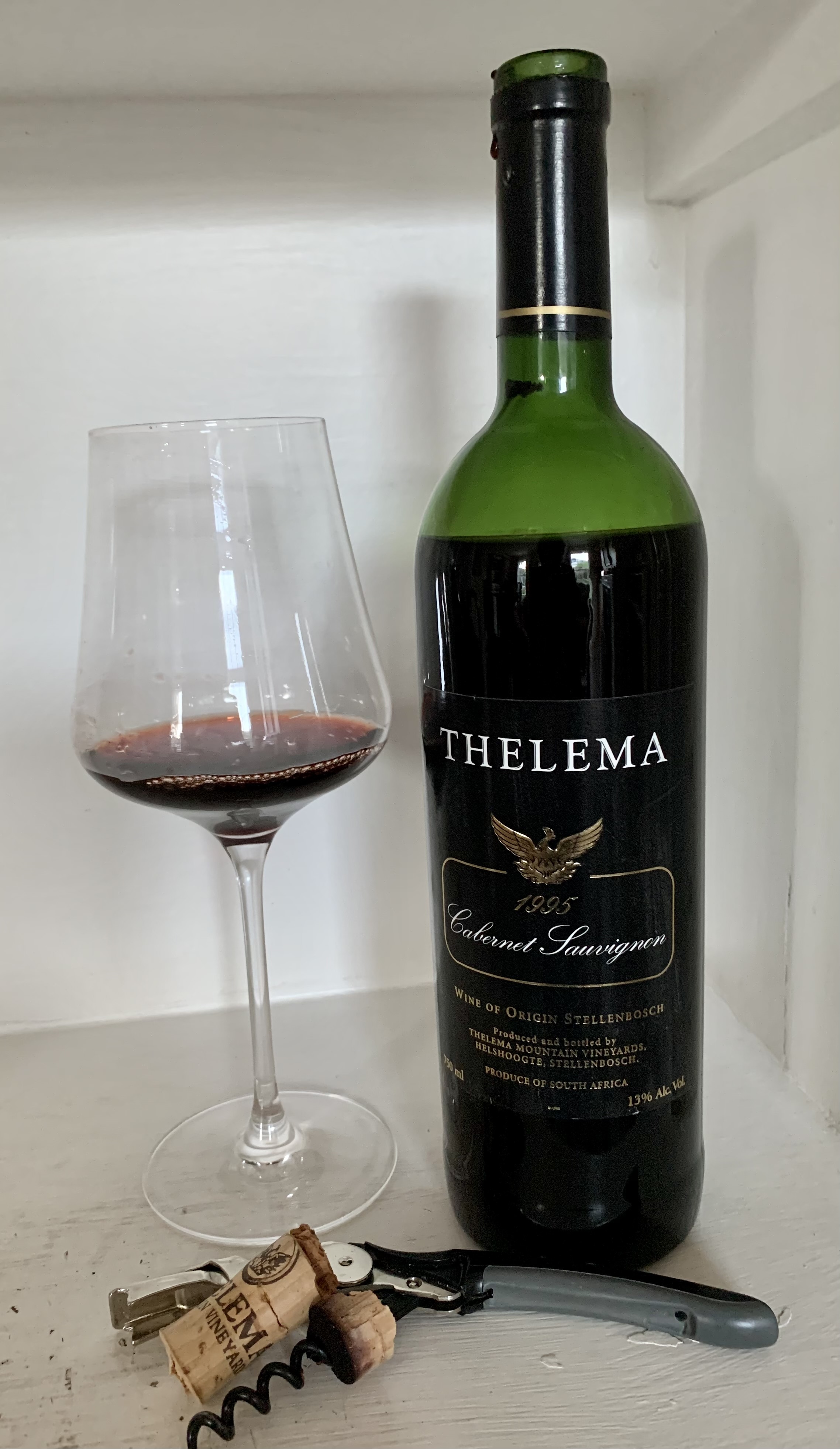Stellenbosch cabernet sauvignon
Such is the affirmed connection between Stellenbosch and cabernet sauvignon, one might wonder what more is there to say. Yet the variety has come a long way since it put down roots in the area.
Three winemakers with many years’ experience making Stellenbosch cabernet - Jordan’s Sjaak Nelson, Thelema’s Rudi Schultz and Waterford’s Mark le Roux – offer their views on changes in the variety in their three distinct areas, and what has occasioned them.
Style and climate immediately come to mind for Rudi and Sjaak. Alcohols of 12%-13% were the norm in the 1980s and 1990s, before creeping up to 14%+ and a bigger style favoured by Robert Parker; ‘Over ripe with lots of new oak,’ recalls Sjaak, who believes those wines won’t age as well as cabernets from 1970s and ‘80s. The tide has now turned; ‘Picking dates are determined by overall balance, not just sugar and tannin,’ Mark acknowledges. Harvesting earlier to preserve aromatics, acidity and finesse, also curb excessive alcohol, add Rudi and Sjaak. The influence of climate change but also winemakers’ desire to express terroir are the driving factors.
None of this can happen without healthy vines. As Gary Jordan points out; ‘There’s more general awareness that leafroll virus can negatively affect ripening.’ Not only healthy vines, but clones and rootstocks suited to each site; training methods too,’ are on Rudi’s list. Mark adds; ‘Maintaining a leaner, thinner canopy for good light penetration; no shading but no direct sun exposure.’ Purity of varietal expression with tight, ripe cabernet tannins result. It all comes down to getting to know your vineyards and their specific characteristics over time.
In the cellar, Mark eschews enzymes, extractors of colour and tannin, which require more oak and acid to balance. Oak maturation itself has been re-thought. According to Sjaak, once 24 months used to be the norm, now that’s often 18 months. More specifically, Rudi says over time one learns which coopers, toasting and percentage of new oak are ideal for each vineyard.
Is the best cabernet 100% cabernet? Thelema produces two 100% cabernets and the premium Rabelais, a blend of cabernet and petit verdot, leading Rudi to claim; ‘I believe we can produce great examples of both 100% cabernet and varietal cabernets with other varieties.’ The Jordan and Waterford cabernets sometimes have a touch of one of the other Bordeaux varieties, otherwise they are 100% cabernet.

Whatever the percentage of cabernet, distinctive regional character is a common goal; Rudi describes Thelema’s Simonsberg cabernet as ‘restrained but complex black fruit and cassis, supported by fine, ripe tannins.’ A natural high acidity with low pHs gives Jordan’s length, the tannins grippy yet ripe, the flavours cassis with delicate red fruit. At the Stellenbosch town end of Helderberg, Mark reckons Waterford’s cabernets are austere, less fruity than other mountain sites, with good acidity and tight, dry tannins.
The Stellenbosch Cabernet Collective was founded in 2017, its mission to publicize locally and internationally this unique African legacy. How has it helped in this task? These three producers mention many positives. ‘The workshops, tastings and general promotion of Stellenbosch Cabernet Sauvignon are invaluable.’ ‘It has put cabernet back on the map and given us confidence to raise our prices as a group.’ ‘It links a very simple message: Stellenbosch, Cabernet Sauvignon, Quality

- Blog by Angela Lloyd